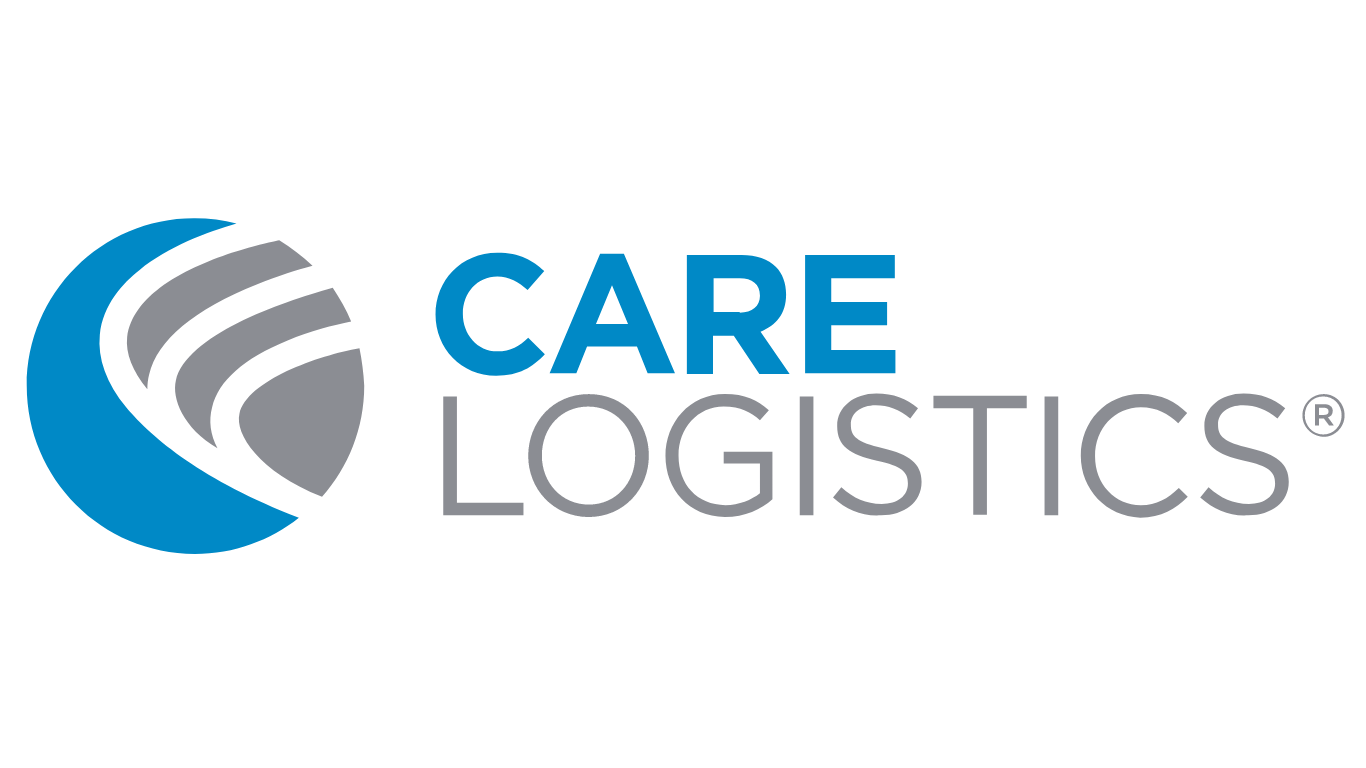Three Tips to Help Create Capacity to Combat Resource Constraints at Your Hospital
By Justin Allen
It's likely that your hospital has spent the majority of the last two years dealing with the Covid-19 crisis. Healthcare systems are dealing with significant staffing shortages which have caused a lack of focus on throughput. Here are a few tips to help create capacity to combat resource constraints.
Align on Post-Acute Needs at the Time of Admission, Not Discharge
Post-acute placement delays can keep patients who are medically cleared for discharge in the building for extra days. The care team should identify discharge arrangements closer to admission instead of waiting until Physicians place discharge orders. This allows Case Management and/or Social Work to escalate barriers to senior leadership to resolve obstacles to avoid excess days, especially since many Post-Acute facilities have implemented stricter admission criteria. Hospital leadership should leverage barrier data to understand systemic challenges to have effective conversations with Post-Acute facilities.
Communicate and Establish an Itinerary of Services to Improve Satisfaction Scores
Too often ancillary departments prioritize orders to meet individual needs, which does not always align with patient expectations or provide organizational visibility. As a result, patients are often double-booked without anyone knowing until it is too late, causing many phone calls from nurses and physicians wanting to know when a patient’s study will be completed. Establishing a real-time itinerary of services that is visible reduces wasted time in a patient’s stay, which can increase the chances of improved patient and staff satisfaction.
Proactively Identify Movement Downstream to Impact ED Flow
Maintaining strong performance of ED throughput metrics (e.g. LWOTs, Lab TAT) has been a challenge for many organizations during the pandemic. Hospitals cannot meet the needs of their community when many patients are holding in the ED with admit orders. Implementing an operational command center with the right roles, visibility tools, and real-time, actionable analytics empowers staff to proactively identify potential discharges which will help create the capacity needed to relieve admission backlogs.
If you implement these strategies, you are more likely to be able to create increased capacity in your organization. COVID-19 is here to stay and it is crucial to adapt sustainable progression processes to meet the needs of communities.
